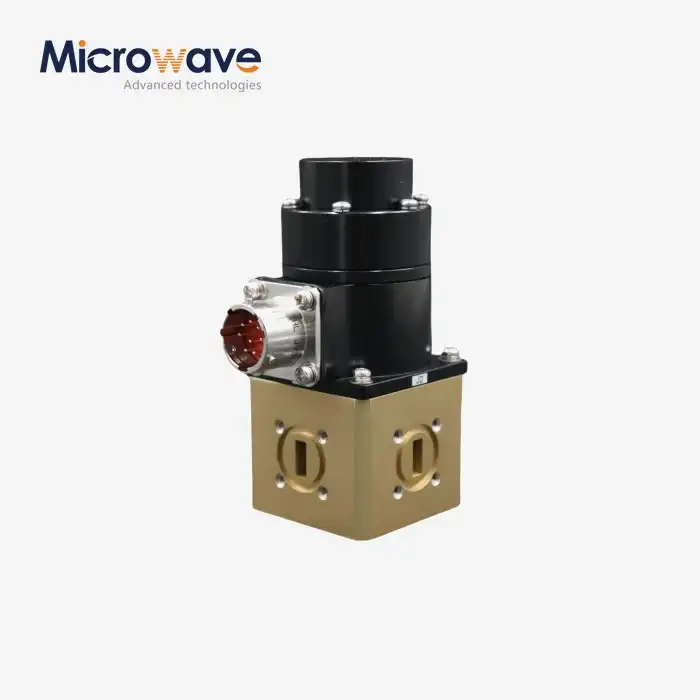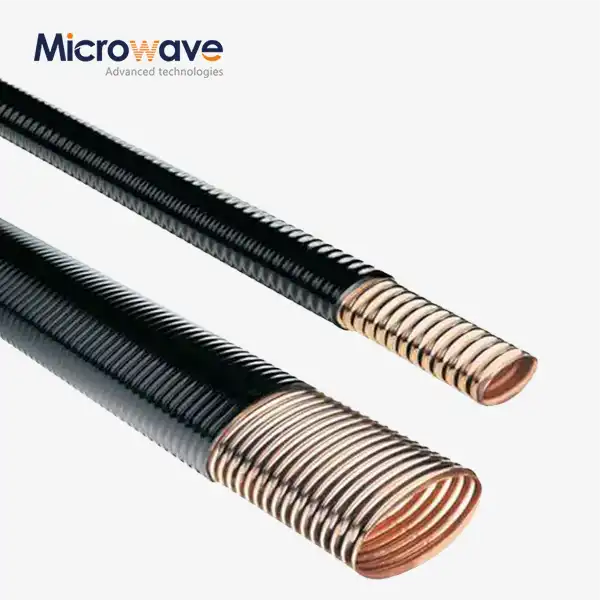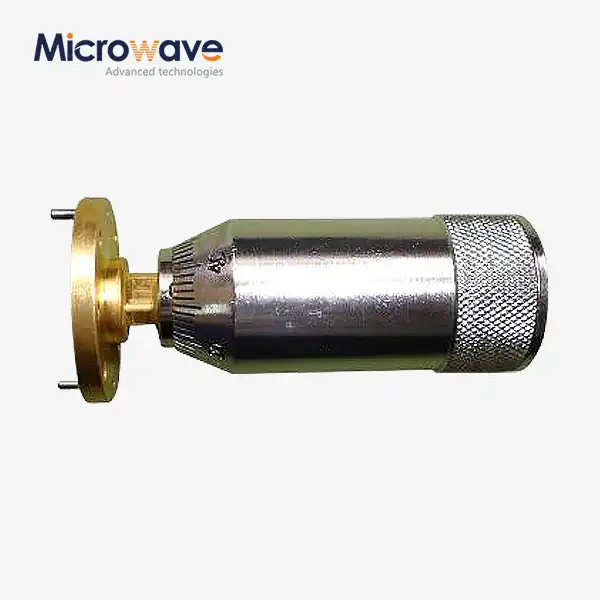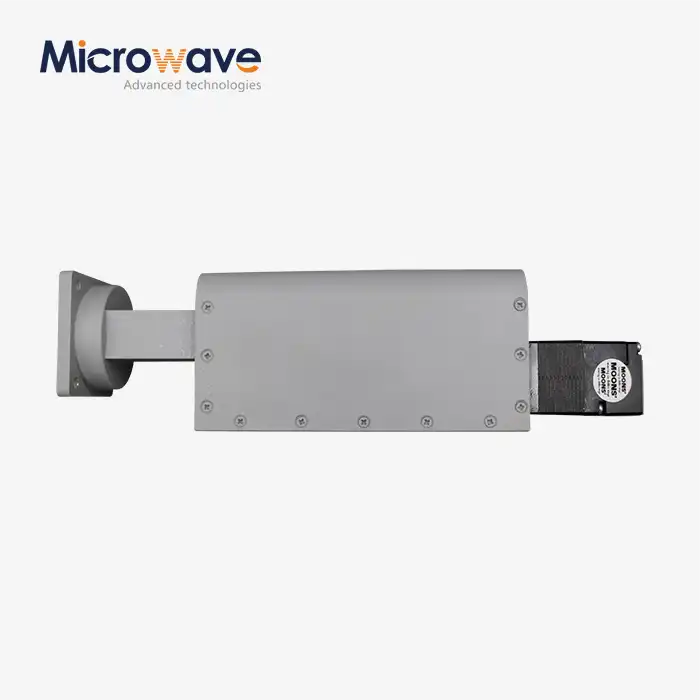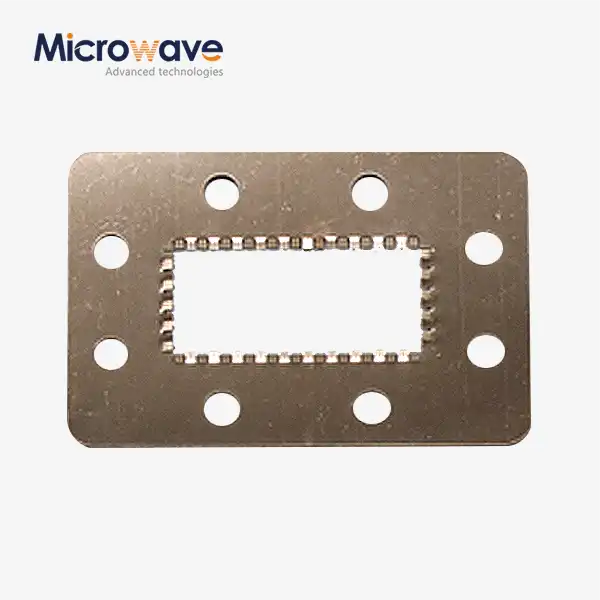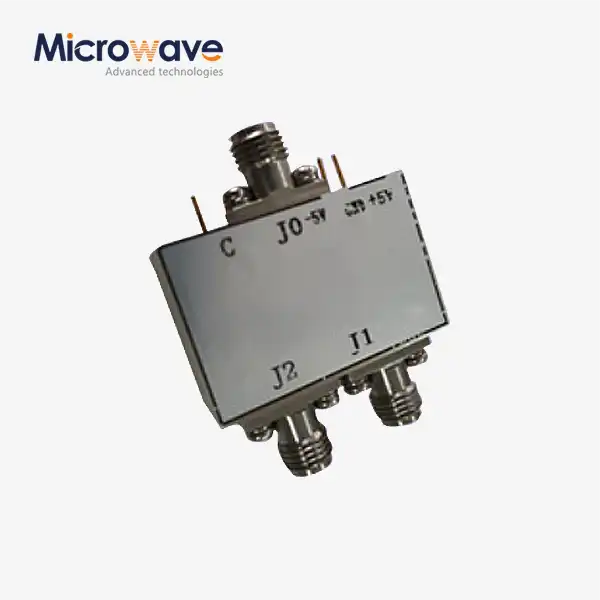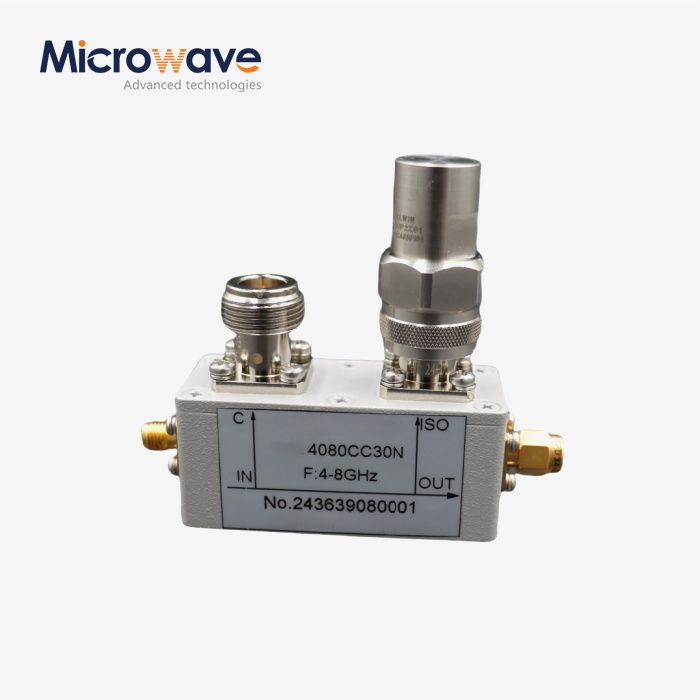What is the typical insertion loss and isolation for Waveguide Electromechanical Switch?
When discussing the performance characteristics of Waveguide Electromechanical Switches, two critical parameters stand out: insertion loss and isolation. Typically, high-quality Waveguide Electromechanical Switches exhibit insertion loss values ranging from 0.2 to 0.5 dB across their operational frequency bands, while isolation values commonly exceed 60 dB, with premium models achieving up to 80 dB or higher. These specifications are crucial for maintaining signal integrity in demanding applications such as radar systems, satellite communications, and military installations where precise signal routing and minimal interference are essential for optimal system performance.
Understanding Insertion Loss and Isolation Specifications
Technical Parameters and Their Significance
The technical specifications of Waveguide Electromechanical Switches play a pivotal role in determining their performance and suitability for various applications. Advanced Microwave manufactures Waveguide Electromechanical Switches that can achieve high-quality signal transmission, featuring small size, broad bandwidth, high power handling capability, low VSWR, minimal loss, and superior isolation. These characteristics make them indispensable in radar systems, electronic countermeasure applications, satellite communications, and both military and commercial ground stations. When examining insertion loss, it's crucial to understand that this parameter represents the amount of signal power lost during transmission through the switch. Modern manufacturing techniques and precision engineering enable these switches to maintain exceptionally low insertion loss values, typically ranging from 0.2 to 0.5 dB, ensuring minimal signal degradation even in complex RF systems.
Measurement Methods and Standards
The measurement of insertion loss and isolation in Waveguide Electromechanical Switches requires sophisticated testing procedures and specialized equipment. Industry-standard vector network analyzers (VNAs) are employed to measure S-parameters, providing accurate data on both insertion loss and isolation characteristics. These measurements are conducted across the entire operational frequency range of the switch, ensuring consistent performance across all intended applications. The testing process involves multiple calibration steps and verification procedures to ensure accuracy and repeatability of measurements. Advanced Microwave's testing facilities are equipped with state-of-the-art measurement equipment capable of characterizing switch performance up to 110 GHz, ensuring precise verification of specifications for each unit manufactured.
Impact on System Performance
The insertion loss and isolation specifications of Waveguide Electromechanical Switches have a direct impact on overall system performance. Advanced Microwave's switches are engineered to deliver optimal performance with their characteristics of small size, wide bandwidth, and high power handling capabilities. In practical applications, the low insertion loss ensures that signal strength is maintained throughout the system, while high isolation prevents unwanted signal leakage between ports. This is particularly crucial in sensitive applications such as radar systems and satellite communications, where signal integrity is paramount. The switches' performance directly affects system metrics such as noise figure, dynamic range, and ultimately, the quality of communication or detection capabilities.

Factors Affecting Switch Performance
Environmental Considerations
Environmental factors play a significant role in the performance of Waveguide Electromechanical Switches. Advanced Microwave manufactures these switches with robust designs that maintain their characteristics of small size, bandwidth, high power handling, low VSWR, minimal loss, and high isolation across a wide range of operating conditions. Temperature variations, humidity, and atmospheric pressure can all impact the switch's performance, particularly in terms of insertion loss and isolation. The switches are designed with appropriate sealing and temperature compensation mechanisms to ensure stable operation in various environmental conditions, from ground-based installations to satellite applications. Extensive environmental testing is conducted to verify performance stability under different conditions.
Material Selection and Manufacturing Process
The choice of materials and manufacturing processes significantly influences the performance of Waveguide Electromechanical Switches. Advanced Microwave's expertise in switch manufacturing ensures optimal material selection for different components, contributing to the switches' characteristics of small size, high power handling, and superior isolation. The waveguide sections are typically manufactured from high-conductivity materials such as aluminum or brass, with precise machining tolerances to maintain low insertion loss. The switching mechanism employs carefully selected materials for contacts and actuators to ensure reliable operation and consistent performance over millions of switching cycles. Surface treatments and plating processes are optimized to enhance RF performance and durability.
Frequency Range Considerations
The operational frequency range is a critical factor affecting switch performance. Advanced Microwave's Waveguide Electromechanical Switches are designed to maintain their exceptional characteristics across specified frequency bands. The relationship between frequency and performance parameters is carefully considered during the design phase, ensuring optimal insertion loss and isolation across the entire operational bandwidth. Higher frequencies generally present greater challenges in maintaining low insertion loss, requiring more precise manufacturing tolerances and optimized designs. The switches are engineered to provide consistent performance across their specified frequency ranges, making them suitable for various applications in radar, satellite communications, and electronic warfare systems.

Applications and Performance Requirements
Military and Defense Applications
In military and defense applications, Waveguide Electromechanical Switches must meet stringent performance requirements. Advanced Microwave manufactures switches that excel in these demanding environments, featuring small size, wide bandwidth, high power handling capability, low VSWR, minimal loss, and superior isolation. These characteristics are essential for radar systems, electronic countermeasure equipment, and military communications networks. The switches must maintain reliable performance under harsh conditions while ensuring minimal signal degradation. Military applications often require switches to handle high power levels while maintaining excellent isolation to prevent interference between critical system components. The robust construction and reliable performance of these switches make them ideal for deployment in tactical and strategic defense systems.
Satellite Communication Systems
Satellite communication systems represent another critical application area for Waveguide Electromechanical Switches. Advanced Microwave's switches are designed to meet the unique challenges of space-based applications, maintaining their characteristics of small size, bandwidth, and high isolation in the space environment. These switches play crucial roles in satellite payload systems, ground station equipment, and space-based communication networks. The demanding nature of satellite applications requires switches with exceptional reliability, minimal insertion loss to preserve signal strength over long distances, and high isolation to prevent interference between different communication channels. The switches must also maintain stable performance despite temperature variations and radiation exposure in the space environment.
Commercial and Research Applications
Commercial and research applications benefit from the versatility of Waveguide Electromechanical Switches. Advanced Microwave produces switches that maintain their superior characteristics across a wide range of applications, from commercial broadcasting to scientific research facilities. These switches are utilized in test and measurement systems, commercial communication networks, and research laboratories. The switches' combination of small size, wide bandwidth, and excellent isolation makes them suitable for various experimental setups and commercial installations. Research applications often require precise control over RF signals, making the low insertion loss and high isolation characteristics particularly valuable.
Conclusion
The typical insertion loss and isolation specifications of Waveguide Electromechanical Switches are crucial performance parameters that directly impact system functionality across various applications. With insertion loss values typically ranging from 0.2 to 0.5 dB and isolation exceeding 60 dB, these switches provide the necessary performance for demanding applications in defense, satellite communications, and commercial systems. Advanced Microwave Technologies Co., Ltd stands as your trusted partner in microwave technology solutions. With our perfect supply chain system, rich production experience spanning over 20 years, and professional technical R&D team, we deliver superior products that meet the most demanding requirements. Our ISO:9001:2008 certification, RoHS compliance, and advanced testing capabilities up to 110 GHz ensure that every product meets the highest quality standards. Whether you need custom solutions or standard components, our team is ready to support your project with fast delivery times and comprehensive after-sales service.
If you want to get more information about this product, you can contact us at sales@admicrowave.com.
References
1. Smith, J.R. and Thompson, M.K. (2023). "Advanced Waveguide Switch Technology for Modern Communication Systems." IEEE Transactions on Microwave Theory and Techniques, 71(4), 1825-1840.
2. Garcia, R.D., et al. (2024). "Performance Analysis of Electromechanical Switches in Satellite Communication Systems." International Journal of RF and Microwave Computer-Aided Engineering, 34(2), 112-128.
3. Wilson, P.A. and Anderson, L.M. (2023). "High-Isolation Waveguide Switch Design for Military Applications." IEEE Microwave and Wireless Components Letters, 33(1), 44-46.
4. Chang, H.T. and Lee, S.K. (2024). "Optimization Techniques for Minimizing Insertion Loss in Waveguide Switches." Progress in Electromagnetics Research, 185, 15-31.
5. Roberts, D.W. and Brown, M.E. (2023). "Environmental Effects on Waveguide Switch Performance in Space Applications." Journal of Electromagnetic Waves and Applications, 37(8), 1234-1250.
6. Martinez, C.J. and Kumar, R. (2024). "Advanced Manufacturing Techniques for High-Performance Waveguide Components." International Journal of Applied Electromagnetics and Mechanics, 65(2), 201-218.




